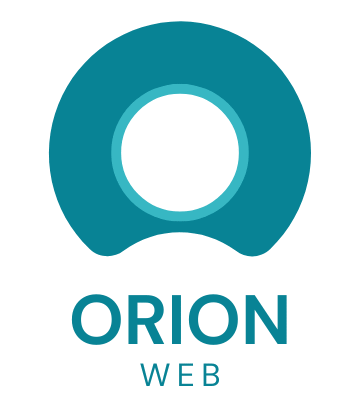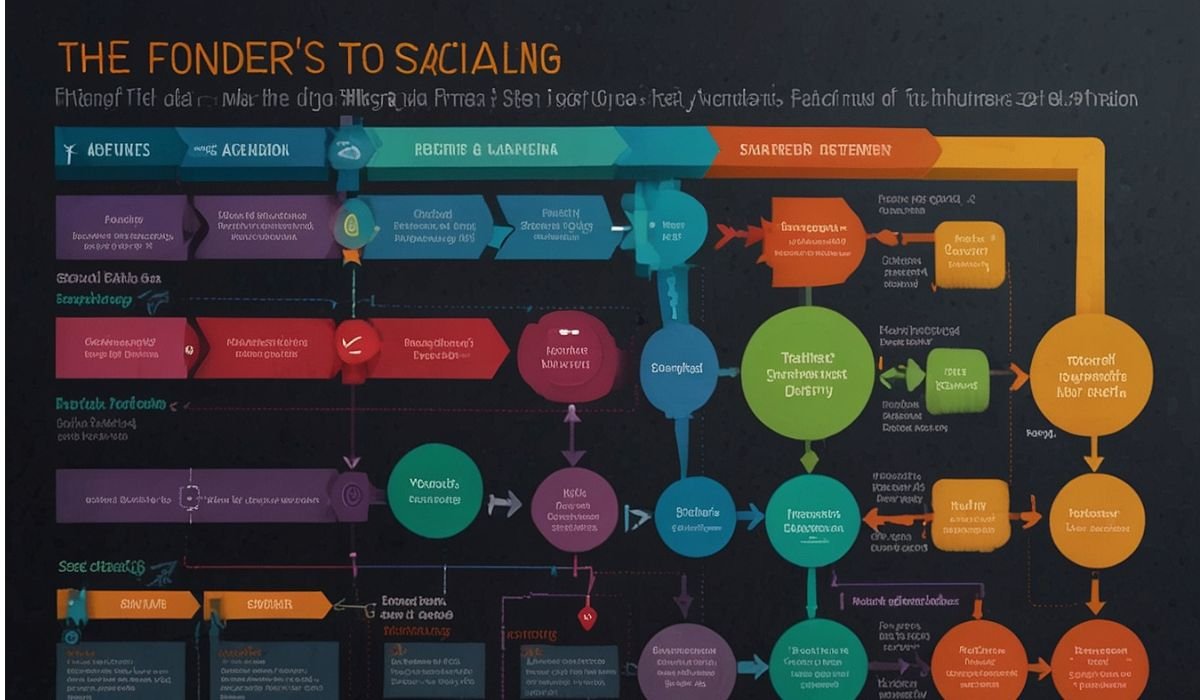It’s a staggering statistic that highlights a brutal truth: starting a business is one thing, but scaling it is an entirely different battle. If you’re a founder feeling the strain of growth, wondering how to move from being the chief everything officer to a true CEO, you’re not alone. This is precisely the challenge that Charfen.co.uk is designed to address.
So, what exactly is Charfen, and how can its frameworks help you build a business that doesn’t just survive, but thrives?
Understanding the Charfen Mindset: More Than Just Advice
Charfen isn’t just another business consultancy. Think of it as a strategic partner for founders who are serious about scaling. The core philosophy revolves around a simple but powerful idea: sustainable growth isn’t accidental; it’s engineered. It requires a shift from working in your business to working on your business.
Many founders get stuck in a daily grind of putting out fires. Charfen provides the maps, tools, and navigational skills to help you rise above the flames and start steering the ship with purpose.
Their approach often focuses on three key areas:
- Clarity of Vision: Helping you define not just what you do, but why it matters and where you’re going.
- Execution Excellence: Turning that vision into a repeatable, scalable process that your entire team can follow.
- Leadership Evolution: Developing your skills as a leader to guide a growing organization, not just manage a small team.
A Step-by-Step Guide to Implementing a Charfen-like Framework
While the specific programs at Charfen.co.uk are tailored to individual companies, the underlying principles can be understood by any motivated business owner. Here’s a simplified version of what that scaling journey might look like.
Step 1: Diagnose Your Current Reality
You can’t map a route if you don’t know your starting point. This involves a brutally honest assessment of your business.
- Key Question: Where are the biggest bottlenecks? Is it sales, operations, cash flow, or leadership?
- Actionable Tip: Gather data on your key metrics—customer acquisition cost, lifetime value, lead conversion rates, and operational throughput. The chart below shows a typical diagnostic dashboard used to pinpoint growth barriers.
Step 2: Define Your “Wildly Important Goal” (WIG)
Instead of chasing a dozen priorities, focus on the one thing that, if achieved, would make everything else easier or irrelevant. This is your WIG.
- Key Question: What is the single most important objective for the next 12 months?
- Actionable Tip: Make your WIG specific, measurable, and ambitious. For example, “Increase monthly recurring revenue from £50k to £100k by Q4” is a strong WIG.
Step 3: Create a Scalable Execution System
This is where the magic happens. A great idea without a system for execution is just a wish. You need to build a “growth engine.”
- Key Question: What are the 3-5 key activities that directly drive your WIG?
- Actionable Tip: Implement a weekly rhythm of meetings (like a weekly “rocket session”) where the team solely focuses on reviewing progress toward the WIG, identifying obstacles, and planning the next week’s critical tasks.
Step 4: Empower Your Team and Delegate
You are the bottleneck until you learn to let go. Scaling requires you to trust your team with responsibility and authority.
- Key Question: What tasks are you currently doing that someone else could do 80% as well?
- Actionable Tip: Use the “Delegate and Elevate” model. List all your activities, delegate the tasks that keep the lights on, and focus your own energy on the high-impact, strategic work that drives growth.
Common Mistakes Ambitious Founders Make
On the path to scaling, even the best-intentioned leaders stumble. Being aware of these pitfalls is half the battle.
- Trying to Boil the Ocean: Pursuing too many opportunities at once dilutes focus and resources. Double down on what works instead of constantly chasing the next shiny object.
- Hiring in Your Own Image: It’s comfortable to hire people who think like you, but scaling requires diverse skills and perspectives. Hire people who are strong where you are weak.
- Confusing Activity with Progress: A packed calendar and a long to-do list don’t equal moving the needle on your WIG. Always ask, “Is this task directly contributing to our most important goal?”
- Neglecting Your Own Development: The business can only grow as fast as you do. Investing in your skills as a leader, strategist, and communicator is non-negotiable.
You might wonder if this structured approach stifles creativity. In reality, it does the opposite. By creating a reliable framework for execution, you free up mental energy for creative problem-solving within that framework. It’s the difference between a jazz band improvising without a key (chaos) and improvising within a known melody (innovation).
Next Steps: Turning Insight into Action
The principles behind a platform like Charfen.co.uk are powerful because they provide a language and a logic for the complex journey of scaling a business. It’s about moving from being a passionate creator to a strategic architect of your company’s future.
Your 3 Key Takeaways:
- Diagnose Before You Prescribe: Understand your business’s true bottlenecks with data, not guesswork.
- Focus Relentlessly: Identify your single Wildly Important Goal and align your team’s energy toward it.
- Systemize for Freedom: Build a simple, repeatable execution system that creates predictability and allows you to lead.
What’s the one bottleneck you will identify and tackle in your business this week?
FAQs
Q1: What type of business is Charfen.co.uk best suited for?
A: Their frameworks are typically most valuable for post-revenue startups and small to medium-sized businesses (SMEs) that have found product-market fit but are struggling to systematically scale, usually in the £1 million to £10 million revenue range.
Q2: Is this just for tech companies?
A: Not at all. While the principles are universal, the application is tailored. The concepts of leadership, execution, and strategic focus are critical for scaling any business, from manufacturing and professional services to e-commerce.
Q3: How is this different from hiring a traditional business coach?
A: While a coach often focuses on individual performance and mindset, Charfen provides integrated frameworks that address the entire business system—strategy, execution, metrics, and leadership—simultaneously. It’s a organizational transformation, not just personal development.
Q4: We’re a small team with limited budget. Can we still apply these ideas?
A: Absolutely. The core concepts of defining a WIG, creating a weekly execution rhythm, and delegating effectively cost nothing to implement. They require discipline and commitment, not capital.
Q5: What if my team is resistant to a more structured approach?
A: Start small. Introduce one new meeting rhythm or focus on one single goal. Frame it as an experiment to reduce overwhelm, not as more work. Success with a small, focused goal will build buy-in for a larger system.
Q6: How long does it take to see results?
A: With consistent application, many companies see a shift in clarity and alignment within a few weeks. Tangible financial results, like improved conversion rates or faster project completion, often manifest within a quarter.
Q7: Where can I learn more about these concepts?
A: Visiting Charfen.co.uk is the best first step to understand their specific programs and access their resources, including blogs, webinars, and case studies.

